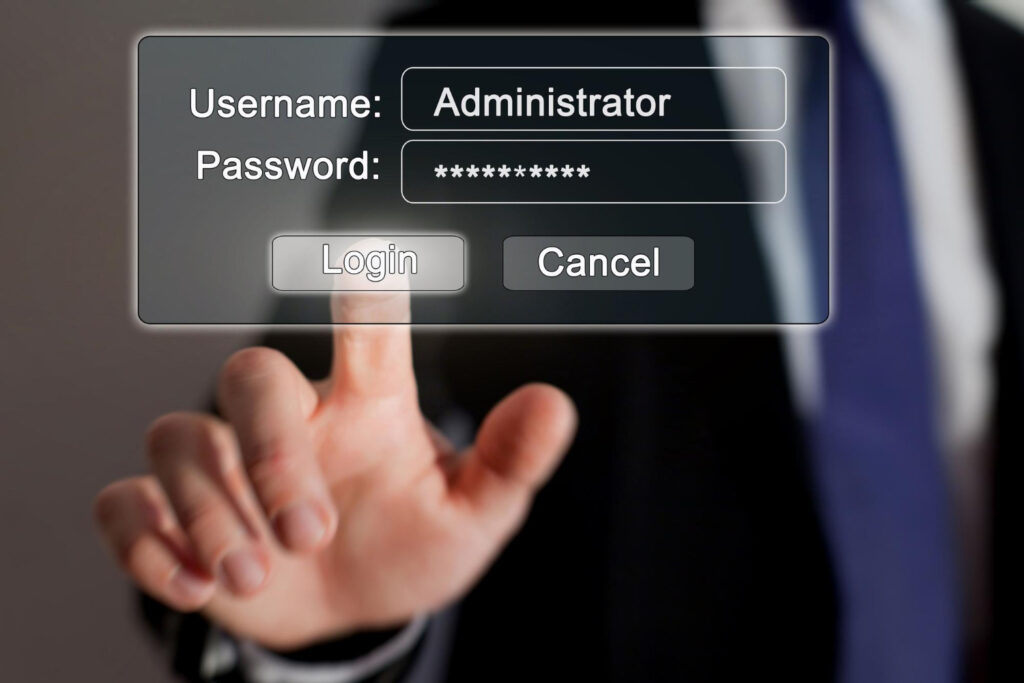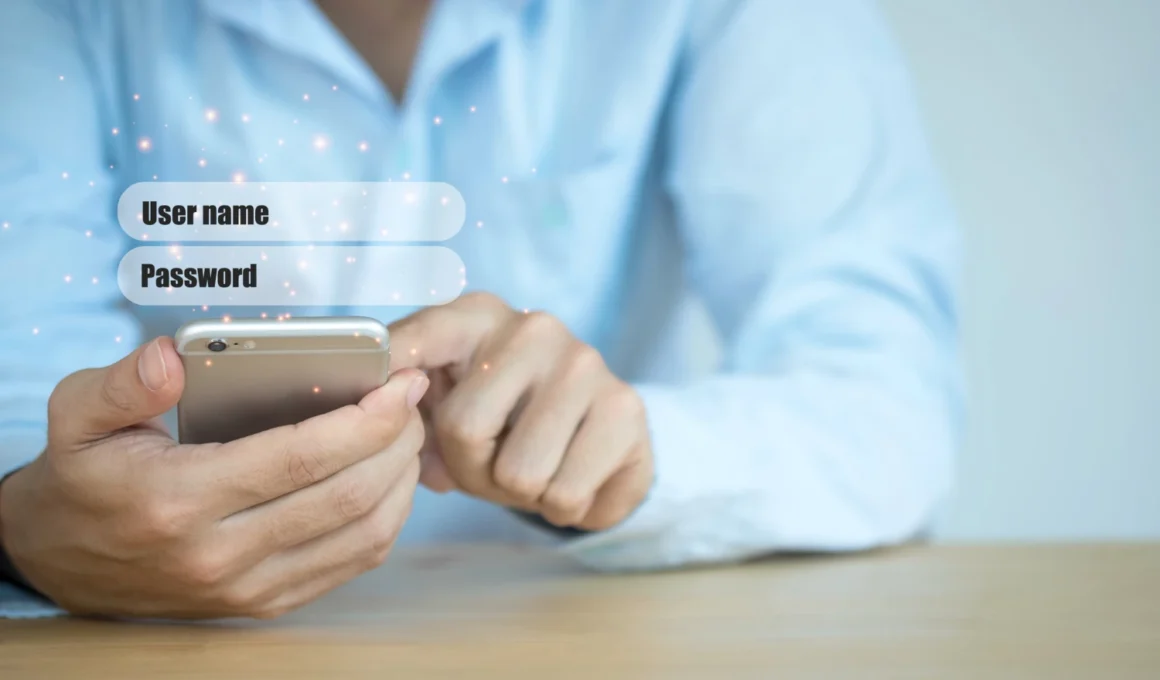Modern sign-ins can be both safer and faster, but the change only feels calm when you do it in a sensible order. You don’t have to flip every switch in one night or risk getting locked out of something important. The trick is to start where failure would hurt most, add stronger methods that work with the phone and computer you already have, and set up fallbacks before you retire anything. When you enroll passkeys and hardware keys on your core accounts, move authenticator codes out of text messages, and rehearse recovery on a second device, everyday logins shrink to a tap while recovery becomes a short checklist you trust. Do it once, document the few places that still lag behind, and the rest of the year is quiet: fewer passwords to type, fewer phishing scares, and no dread when you upgrade a phone.
Decide what matters most and line up the order

Begin by ranking your accounts by impact, not frequency. Email and cloud storage sit at the top because they reset everything else; whoever owns your inbox owns most “forgot password” links. Banks, brokerages, and billers live on the same rung as identity providers such as your Apple, Google, or Microsoft account, because they control money or the devices you sign in with. Work accounts that gate payroll, VPN, or customer data join that tier. Social media, shopping, forums, and utilities can follow later. Write this list down once with the email addresses each service trusts so you stop guessing mid-process. Then decide which two devices will be your daily authenticators for that top tier: usually your phone and your main computer. If you live across platforms, plan to add a small hardware security key as a neutral bridge. When the order is explicit and the devices are chosen, you remove ninety percent of the uncertainty that makes people postpone security chores for years.
Build recovery first so changes never strand you
The least glamorous step is the most important. Confirm the recovery email and phone number on each priority account, remove addresses you no longer control, and add a second contact you do. Generate backup codes where services offer them and store two copies you can reach without your main phone: one in an encrypted note in your password manager and one printed, sealed, and labeled with instructions in the same place you keep passports. If your password manager supports emergency access for a trusted person, set it up now and tell them where the sealed copy lives. Sign in to your primary email and storage on a second device you already own and confirm you can receive prompts or use a code there; recovery that depends on a single handset is fragile by design. This isn’t busywork. Recovery is the net under your tightrope. When it’s present and tested, the rest of the migration becomes routine rather than risky.
Add passkeys and hardware keys where they matter
Passkeys and security keys solve the same problem differently. A passkey lives in your device’s secure keychain and unlocks with Face ID, Touch ID, or a PIN; the private key never leaves the device, and the challenge is tied to the real website, so look-alike phishing pages fail. A hardware key is a tiny USB/NFC/Bluetooth token that carries credentials between devices without sync. Enroll both where your critical accounts allow it. Register a passkey on your phone and your main computer for email, cloud storage, and financial sites, then add at least one hardware key and give it a twin so you can keep one at home and one with you. Protect the device keychains with a real device passcode and biometrics. After enrolling each factor, sign out and back in to ensure the prompt appears on the device you expect and that the fallback works. Keeping both types gives you comfort and flexibility: daily logins feel instant, while a hardware key remains viable if sync breaks or you switch ecosystems.
Move authenticator codes out of SMS and align with your manager
Texted codes are convenient bait for attackers and unreliable when you travel. Where a site still requires one-time codes, migrate them from SMS into a time-based authenticator that you can back up or export. Many password managers now generate these codes and sync them with your vault, which means a single, well-protected app can fill passwords and the matching code in one motion. If you prefer a dedicated authenticator, choose one that offers encrypted cloud backup or a secure export so a lost phone isn’t a reset spiral. Label SMS as recovery only, not a daily second factor, and remove phone numbers from profiles that don’t need them. For sites that haven’t yet implemented passkeys, pair a unique, long password from your manager with an app-based code and strong recovery. This isn’t perfectionism; it’s removing the noisiest, weakest link and placing your remaining eggs in a basket you actually control and can restore.
Rehearse the worst-case on a clean device before pruning
Confidence comes from a dry run. Take a spare or freshly reset device and attempt to sign in to your primary email and cloud account using your new methods alone. Approve a passkey prompt, plug in a hardware key, use a backup code, and confirm your authenticator can restore its seeds if needed. While you’re there, link the device to your passkey sync so it joins the roster you could use in a real loss. If any step stalls—an old number is still set as the only recovery method, an app won’t accept passkeys, a code store didn’t back up—fix that gap immediately while your original phone and computer are still in hand. After the rehearsal, document one page of instructions in your password manager: where backup codes live, which keys are registered, and how to recover on a new phone. When you can sign in cold, you’re ready to start trimming risk.
Retire weak factors gradually, keeping one guarded back door
With passkeys, hardware keys, and app codes working, begin pruning, starting from the top of your list. Remove SMS as a primary two-factor option wherever the site allows, especially on email, storage, banking, and identity providers. Disable email-based one-time links as a “second factor” for the same email account; they add friction without real separation. Keep app-based codes where mandated and ensure their backup works. If a site offers passkeys, switch your default sign-in to passkeys and leave a hardware key and backup codes enrolled as a safety line. If a service cannot upgrade yet, strengthen the edges: unique password, no SMS, clean recovery contacts, and a note to revisit next quarter. The goal is not purity; it’s practical risk reduction without introducing lockout risk. By the end of this pass, your daily flow will be a quick biometric prompt, and your fallback will be a tool you’ve actually tested.
Keep it healthy with tiny calendar rituals and shared guardrails

Security that lasts is maintenance you hardly feel. Put a 15-minute quarterly check on your calendar to verify three things: a hardware key still unlocks your primary email and storage, backup codes are present and legible, and device lists reflect reality. After life events—new phone, number change, travel, relationship shifts—run the same audit and remove stale devices and phone numbers the same week. When a provider adds passkey support, adopt it then and there. For families and small teams, avoid shared passwords; create individual logins with their own passkeys whenever possible so access can be revoked cleanly. Where a truly shared account is unavoidable, enroll multiple hardware keys, store one in a safe place for break-glass access, and keep a short, printed instruction sheet with the keys so nobody has to guess under pressure. These tiny habits keep the calm you created on day one intact for years, and they turn phone upgrades and laptop repairs from dread into routine.

